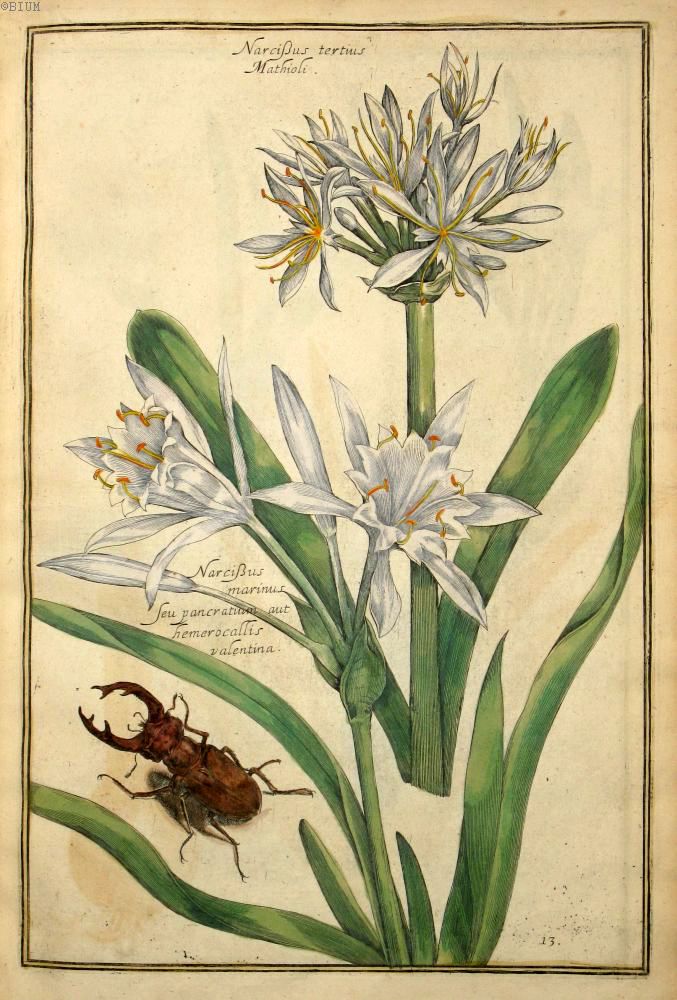Pietro Castelli on:
[Wikipedia]
[Google]
[Amazon]
Pietro Castelli (1574–1667) was an Italian  Born at
Born at
physician
A physician, medical practitioner (British English), medical doctor, or simply doctor is a health professional who practices medicine, which is concerned with promoting, maintaining or restoring health through the Medical education, study, Med ...
and botanist
Botany, also called plant science, is the branch of natural science and biology studying plants, especially Plant anatomy, their anatomy, Plant taxonomy, taxonomy, and Plant ecology, ecology. A botanist or plant scientist is a scientist who s ...
.
 Born at
Born at Rome
Rome (Italian language, Italian and , ) is the capital city and most populated (municipality) of Italy. It is also the administrative centre of the Lazio Regions of Italy, region and of the Metropolitan City of Rome. A special named with 2, ...
, he was graduated in 1617 and studied under the botanist Andrea Cesalpino (1519–1603). He was professor at Rome from 1597 until 1634, when he went to Messina
Messina ( , ; ; ; ) is a harbour city and the capital city, capital of the Italian Metropolitan City of Messina. It is the third largest city on the island of Sicily, and the 13th largest city in Italy, with a population of 216,918 inhabitants ...
. He laid out the botanical garden
A botanical garden or botanic gardenThe terms ''botanic'' and ''botanical'' and ''garden'' or ''gardens'' are used more-or-less interchangeably, although the word ''botanic'' is generally reserved for the earlier, more traditional gardens. is ...
s at Messina in 1635, where he cultivated many exotic medicinal plants (now the Orto Botanico "Pietro Castelli" of the University of Messina). The botanist Paolo Boccone studied under Castelli there.
Castelli was equally distinguished as a botanist, chemist, and surgeon
In medicine, a surgeon is a medical doctor who performs surgery. Even though there are different traditions in different times and places, a modern surgeon is a licensed physician and received the same medical training as physicians before spec ...
. He maintained the necessity for all physicians of studying anatomy
Anatomy () is the branch of morphology concerned with the study of the internal structure of organisms and their parts. Anatomy is a branch of natural science that deals with the structural organization of living things. It is an old scien ...
, and declared in 1648 that he had dissected more than one hundred corpses.
The Dane Thomas Bartolinus (1616–1680) was led by Castelli's fame to visit him in Messina, in 1644, and speaks of his activity as a publicist. Castelli wrote no less than one hundred and fifty pamphlets. Among these there is one written in 1653 in answer to inquiries by Hieronymus Bardi of Genoa
Genoa ( ; ; ) is a city in and the capital of the Italian region of Liguria, and the sixth-largest city in Italy. As of 2025, 563,947 people live within the city's administrative limits. While its metropolitan city has 818,651 inhabitan ...
, wherein Castelli speaks of the cinchona
''Cinchona'' (pronounced or ) is a genus of flowering plants in the family Rubiaceae containing at least 23 species of trees and shrubs. All are native to the Tropical Andes, tropical Andean forests of western South America. A few species are ...
plant and its curative properties in cases of malaria
Malaria is a Mosquito-borne disease, mosquito-borne infectious disease that affects vertebrates and ''Anopheles'' mosquitoes. Human malaria causes Signs and symptoms, symptoms that typically include fever, Fatigue (medical), fatigue, vomitin ...
.
Paolo Boccone's pupil Charles Plumier (1646–1704) later perished on his way to South America
South America is a continent entirely in the Western Hemisphere and mostly in the Southern Hemisphere, with a considerably smaller portion in the Northern Hemisphere. It can also be described as the southern Subregion#Americas, subregion o ...
to learn more of the cinchona.
Castelli seems to have had but little knowledge of the cinchona
''Cinchona'' (pronounced or ) is a genus of flowering plants in the family Rubiaceae containing at least 23 species of trees and shrubs. All are native to the Tropical Andes, tropical Andean forests of western South America. A few species are ...
, and no experience in its medicinal application. Still, the pamphlet is noteworthy as being the first Italian publication that mentions the cinchona.
Castelli died at Messina.
Sources
* {{DEFAULTSORT:Castelli, Pietro 1574 births 1662 deaths Physicians from the Papal States Physicians from Rome 17th-century Italian physicians 17th-century Italian botanists Scientists from Messina Scientists from Rome